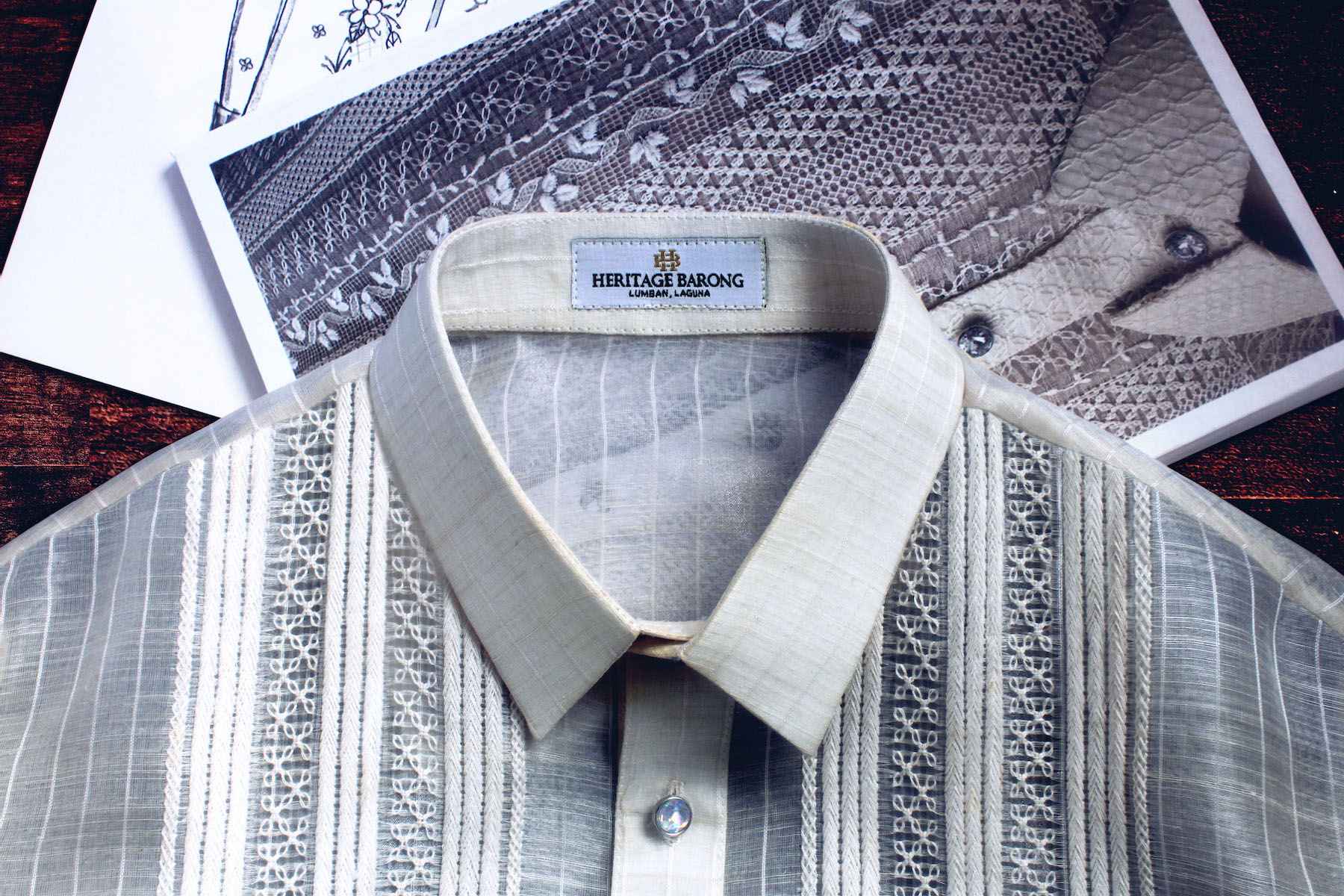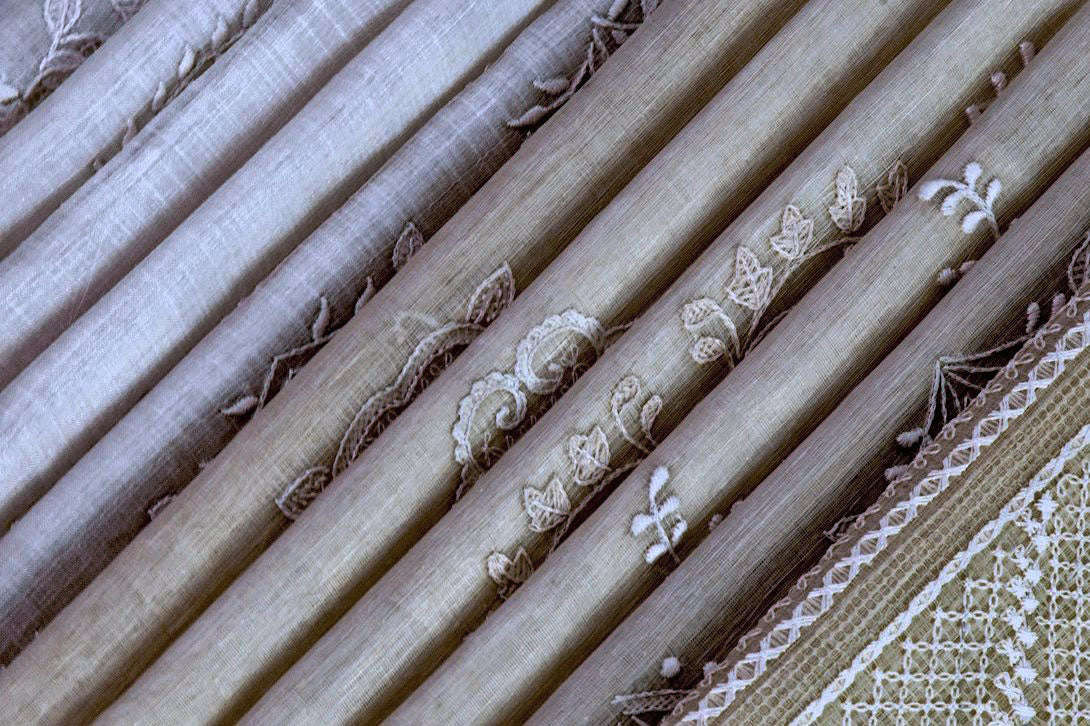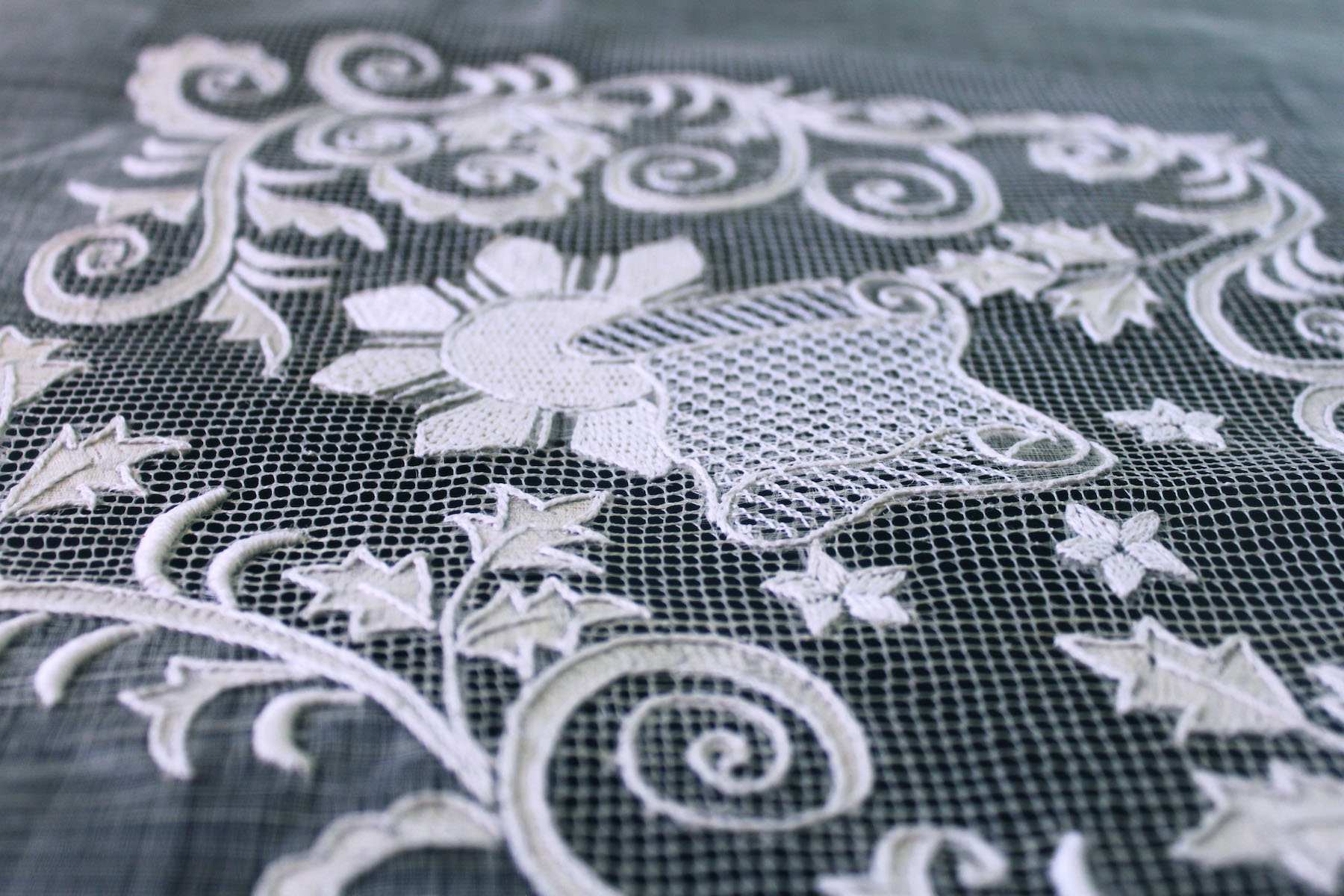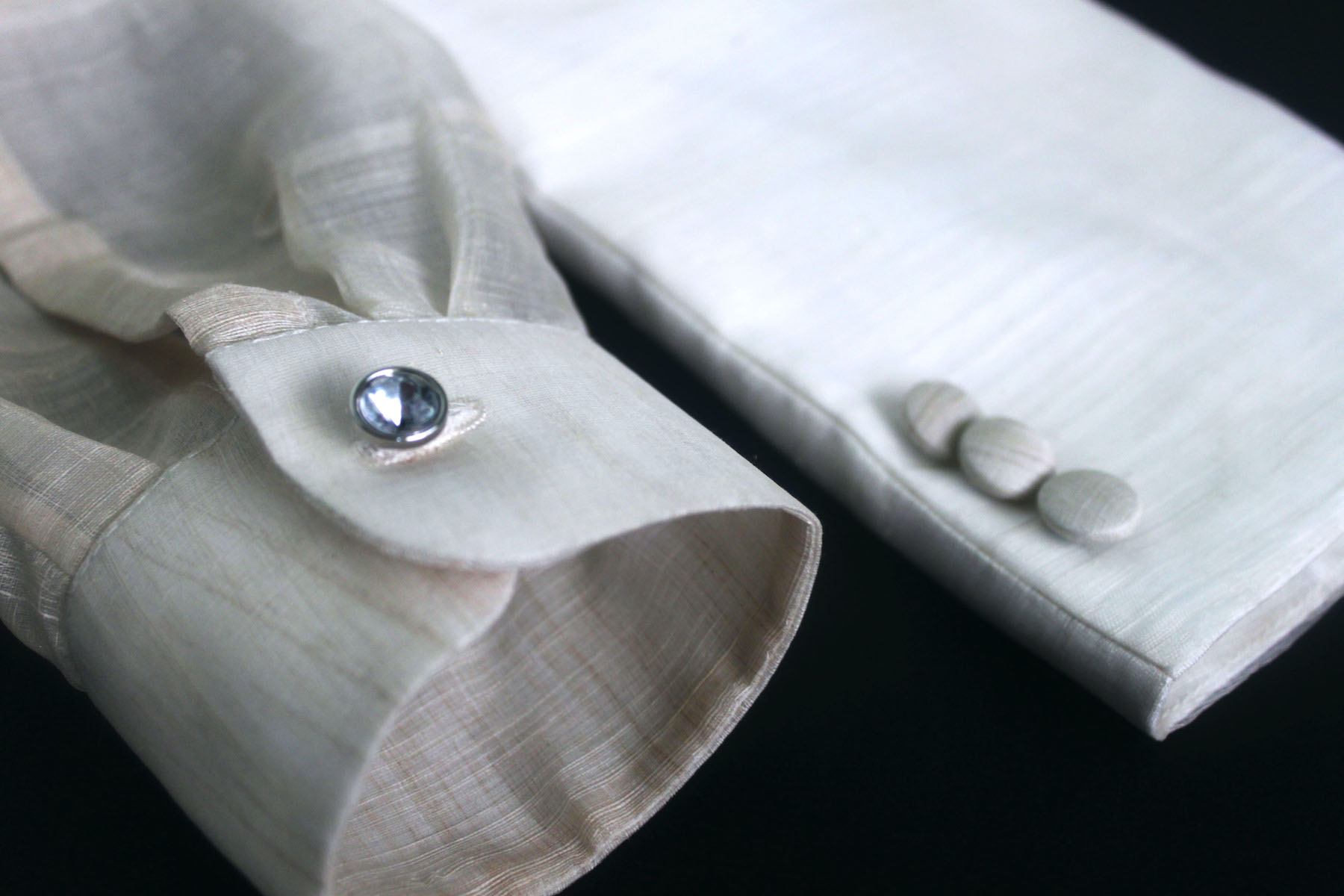Key Elements that Set Barongs Apart


Explore the intricate details of the barong, a national treasure of the Philippines, where the intricate interplay of fabric, embroidery, and skilled work results in a garment of exceptional beauty and distinction.
The Fabric
The fabric's visual characteristics are significantly influenced by its fibers and weaving technique. This is why the luxurious piña, distinguished by its unique fibers, weaving pattern, and a distinctive yellowish or light champagne-gold hue, has become the preferred choice among the Philippines' elite. Following closely is the piña-silk fabric. Another premium option is the abaca-cotton blend, featuring thicker fibers.
For those seeking a lighter off-white or white smoke shade, the cocoon and jusi fabrics are excellent choices. If you desire the visual appeal of piña fabric without a substantial cost, consider cocoon-piña and jusi-piña options. If affordability is a priority, barongs crafted from materials like jusilyn and organza are the more budget-friendly alternatives.


The Embroidery
This is another aspect that sets one barong apart from another. Crafting an impeccable piece requires careful consideration of factors such as the yarn type—varying in thickness, sheen, and color—as well as the characteristics of the fabric fibers and the chosen embroidery technique. Hand embroidery often employs a thicker yarn, evoking a classic feel, while machine embroidery tends to use thinner, more lustrous yarn for a contemporary touch. A hand-embroidered barong featuring intricate craftsmanship typically commands a higher price than its machine-embroidered counterpart. However, it's worth noting that not all hand-embroidered barongs are equally impressive, as the skill levels of embroiderers can vary.
The Cut, Construction, and Finishing Details
At times, you might find yourself questioning the pricing of a particular piece, especially when you notice similar materials and construction techniques in a piece from another source that carries a significantly higher or lower price tag. Does the more expensive barong truly offer greater value? It's possible, but not always the case. The disparity in pricing can stem from factors such as craftsmanship, intricate embellishments, or even the differing cost structures of various suppliers. Through our extensive experience of examining numerous barongs from other suppliers, we can attest to the considerable variations in cut, construction methods, and finishing touches. Thus, conducting thorough research to find the right supplier is crucial.


